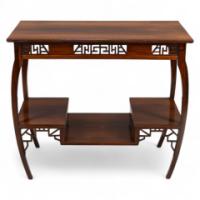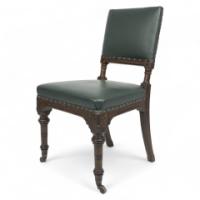Argyle Chair by Charles Rennie Mackintosh, Marsh Jones Cribb & Co.
POA
Width: 17.72 in (45 cm)
Depth: 19.29 in (49 cm)
1900-1909
About this piece
Charles Rennie Mackintosh. Argyle Chair, Marsh Jones Cribb & Co., 1904
The celebrated Argyle chair was originally designed by Charles Rennie Mackintosh in 1898 for Miss Catherine Cranston’s Argyle Street Tearooms in Glasgow. With its attenuated silhouette, oval pierced back, and architectural severity, the design epitomises Mackintosh’s radical contribution to the Aesthetic and Arts & Crafts movements. The high headrests created a private screen around those seated at the tearoom tables. It has been suggested that the oval headrest depicts the sun with a bird cut-out, and that the vertical backrests symbolise rays of light descending to earth.
The authenticity of manufacture is confirmed by the surviving Marsh, Jones, Cribb & Co. paper label naming the workman, Mr. P. Walker, and dated 1904. It is possible this is the only surviving version with its original dated label intact, discovered during reupholstery.
While the Argyle Tearoom chairs were 53¾ inches high, this example measures 47 inches, suggesting it was made for a private domestic commission. Its quality of construction and adherence to Mackintosh’s aesthetic make it rarer than the 1898 originals. This slightly shorter variant is otherwise identical to the tall-back versions. Produced just after the Willow Tearooms opened in 1903, it is likely Mackintosh either commissioned these domestic examples or permitted Marsh, Jones, Cribb & Co. to produce them.
Marsh, Jones, Cribb & Co. were among the most important furniture makers working with progressive designers in the late 19th and early 20th centuries. They are known to have executed designs for leading figures such as Bruce Talbert and Charles Bevan, making it highly unlikely they plagiarised Mackintosh’s design. Their reputation and business would have been too severely damaged by such misconduct.
Roger Billcliffe, in Charles Rennie Mackintosh: The Complete Furniture Drawings & Interior Designs (2009), records “six smaller variants” of the Argyle chair, two attributed to Marsh, Jones, Cribb & Co. The label on this chair confirms its manufacture by them.
The Glasgow School of Art retained Argyle chairs from Miss Cranston’s tea rooms, though their makers were left “unknown” in records. This example sheds light on the question of who produced the originals.
Comparable example: Christie’s, Important 20th Century Decorative Art & Design, 6 November 2002, Lot 44, an original 1898 Argyle Street Tearooms high-back chair (height 53¾ in.).
See the last image for Marsh, Jones, Cribb & Co. stamp

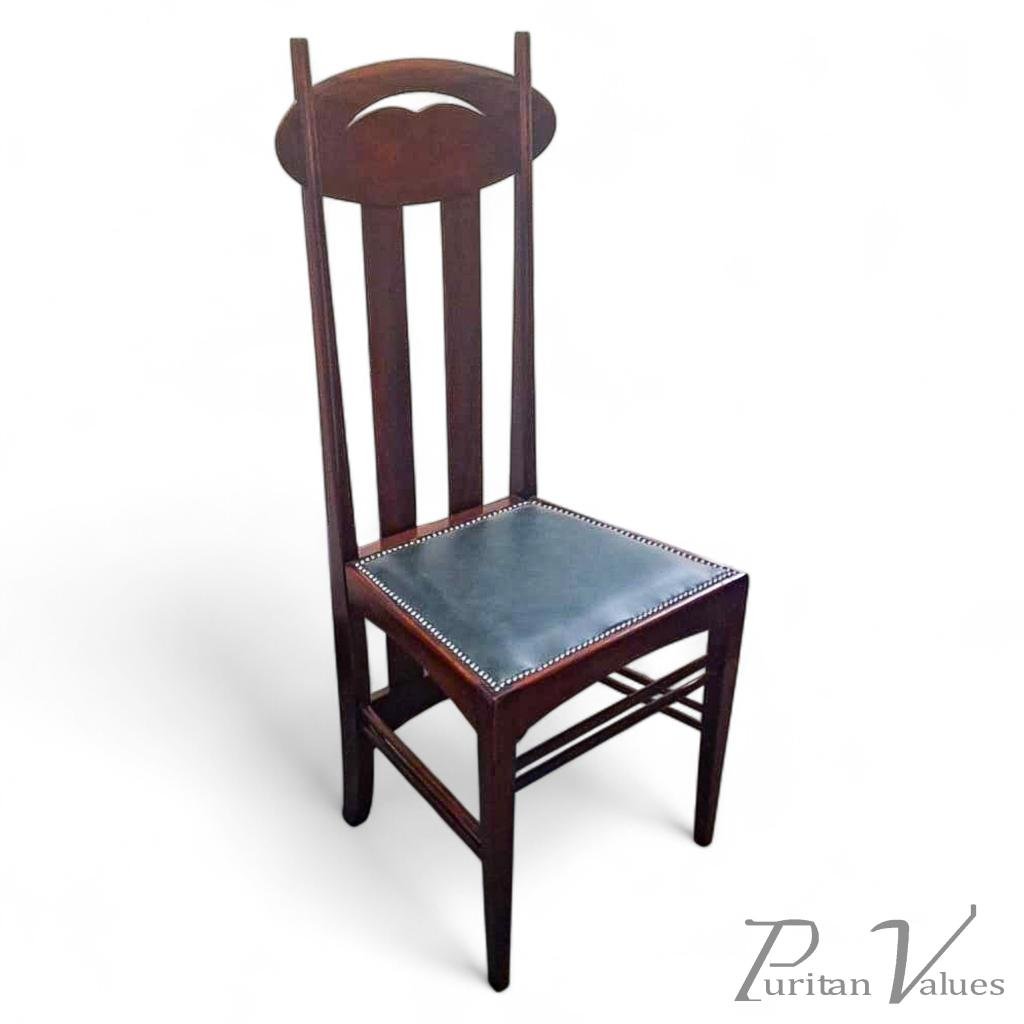
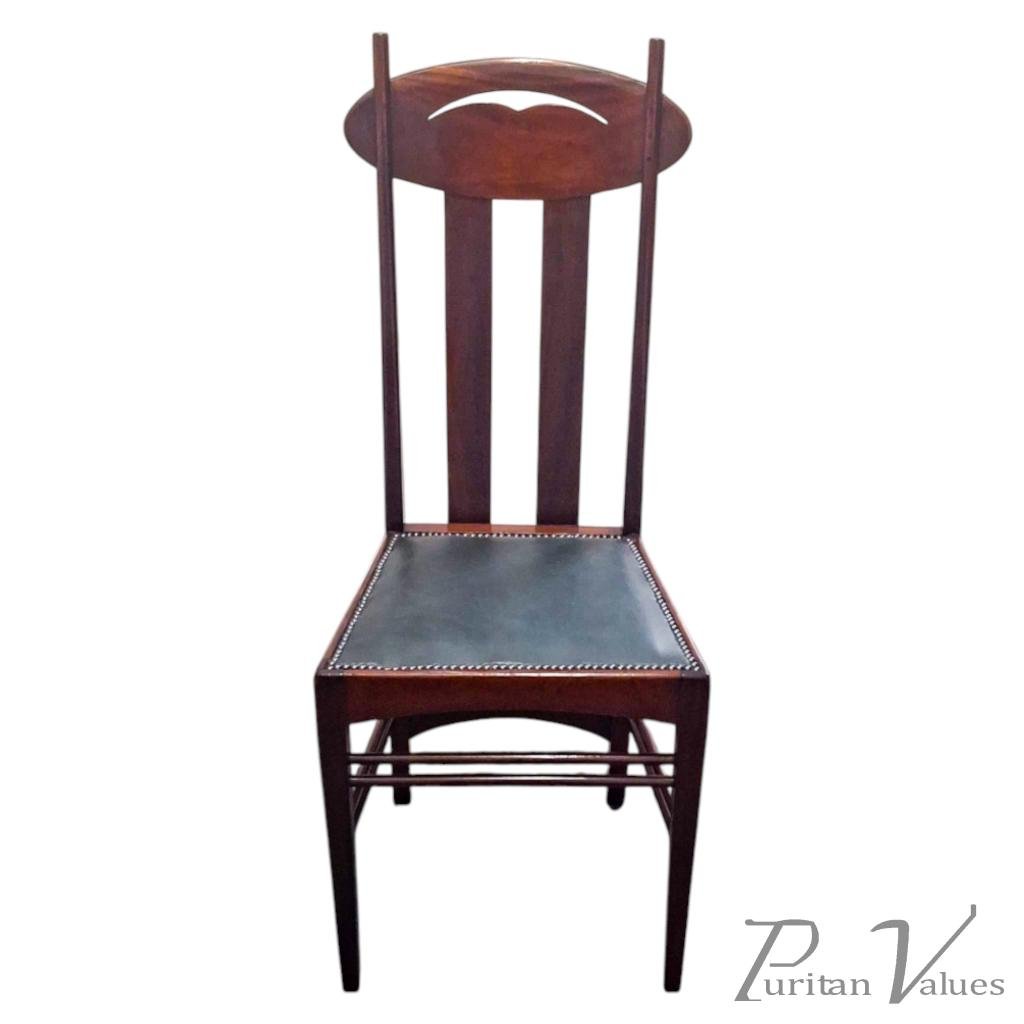
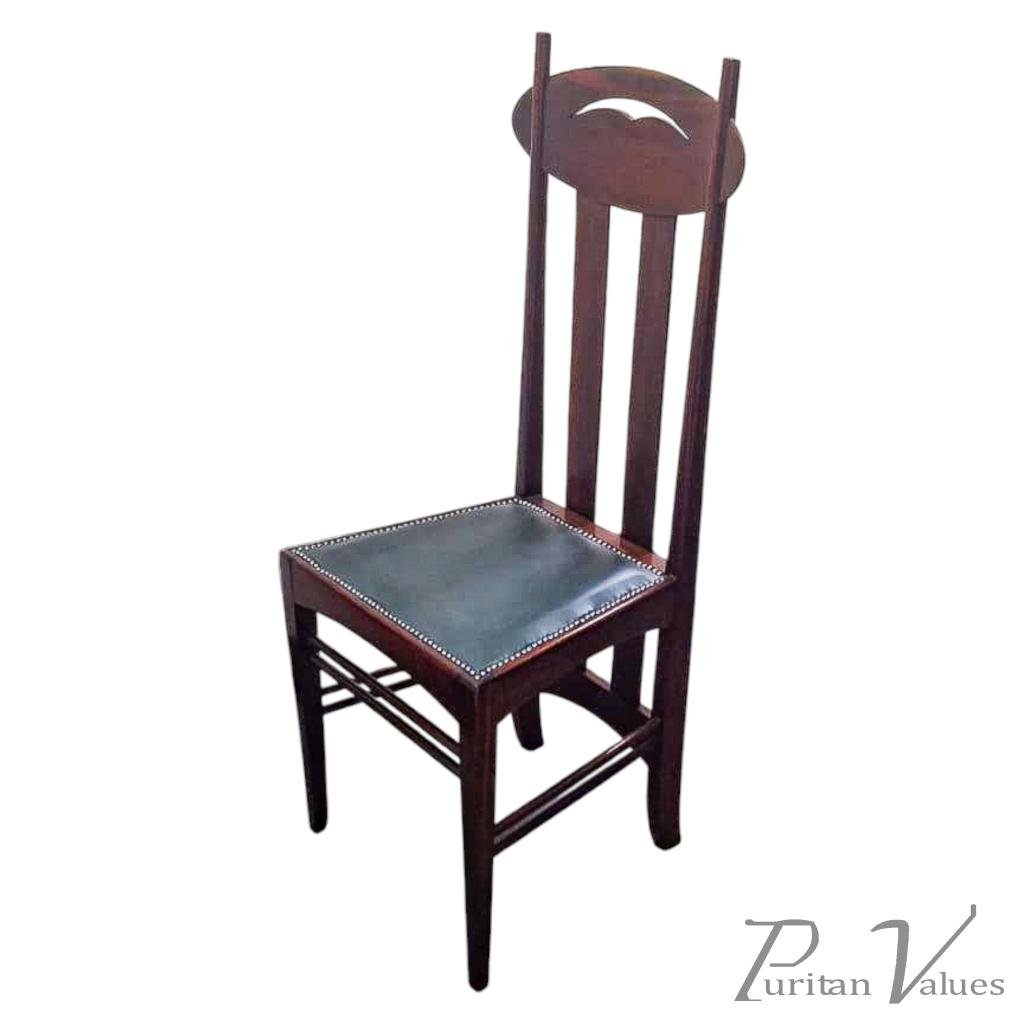
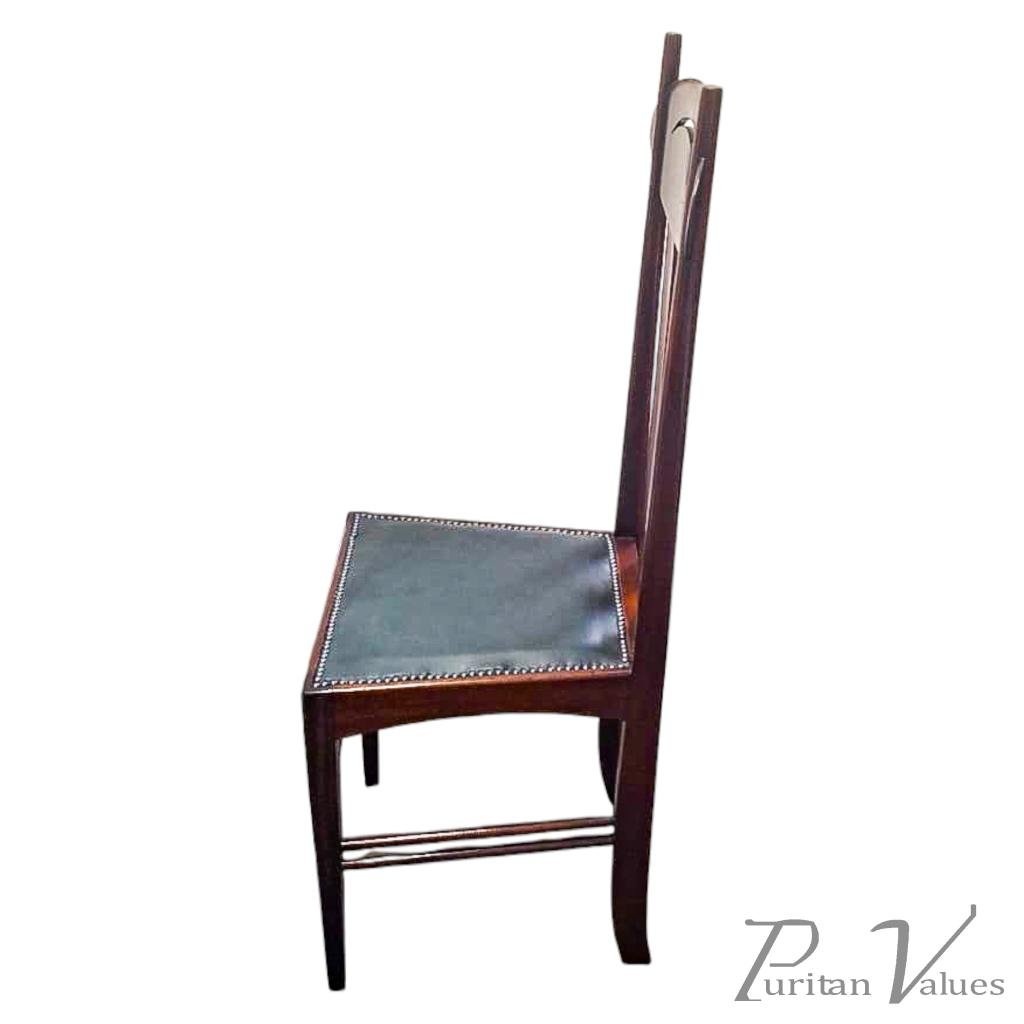
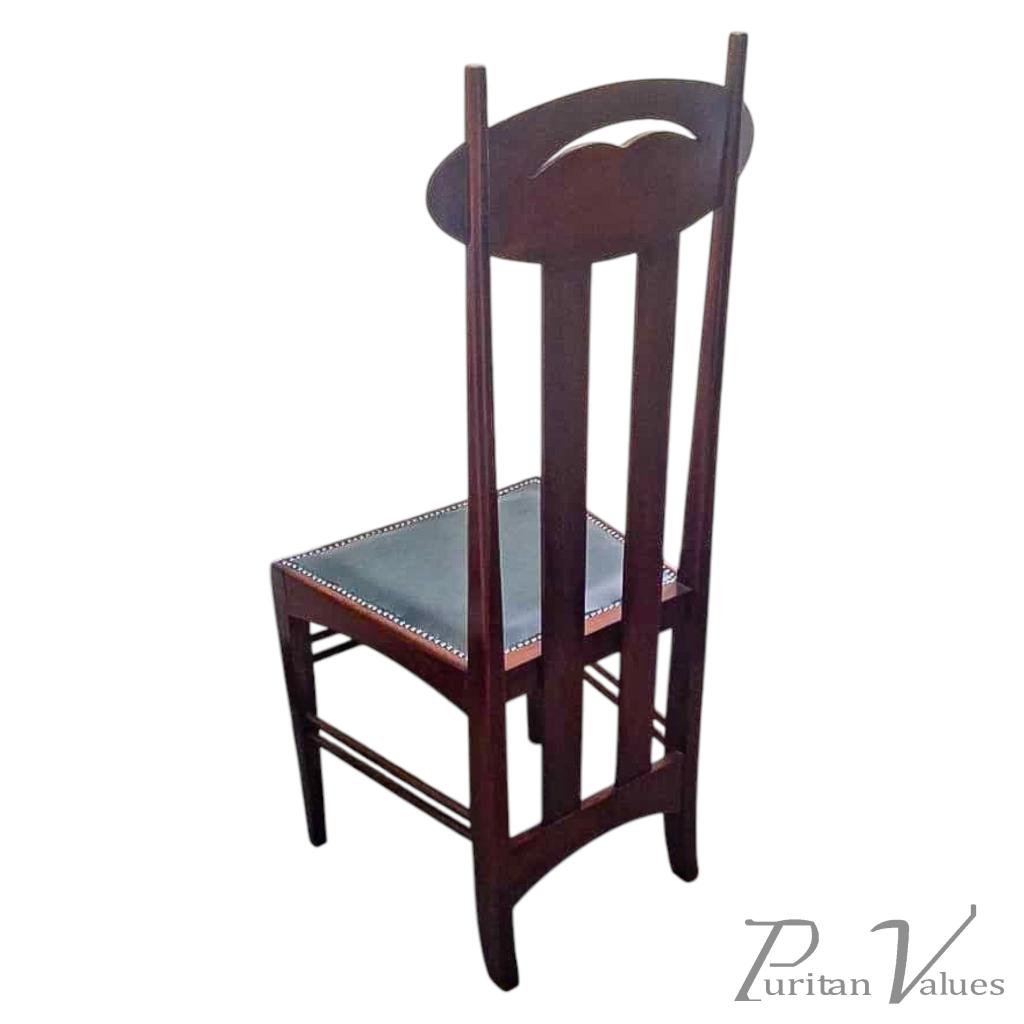
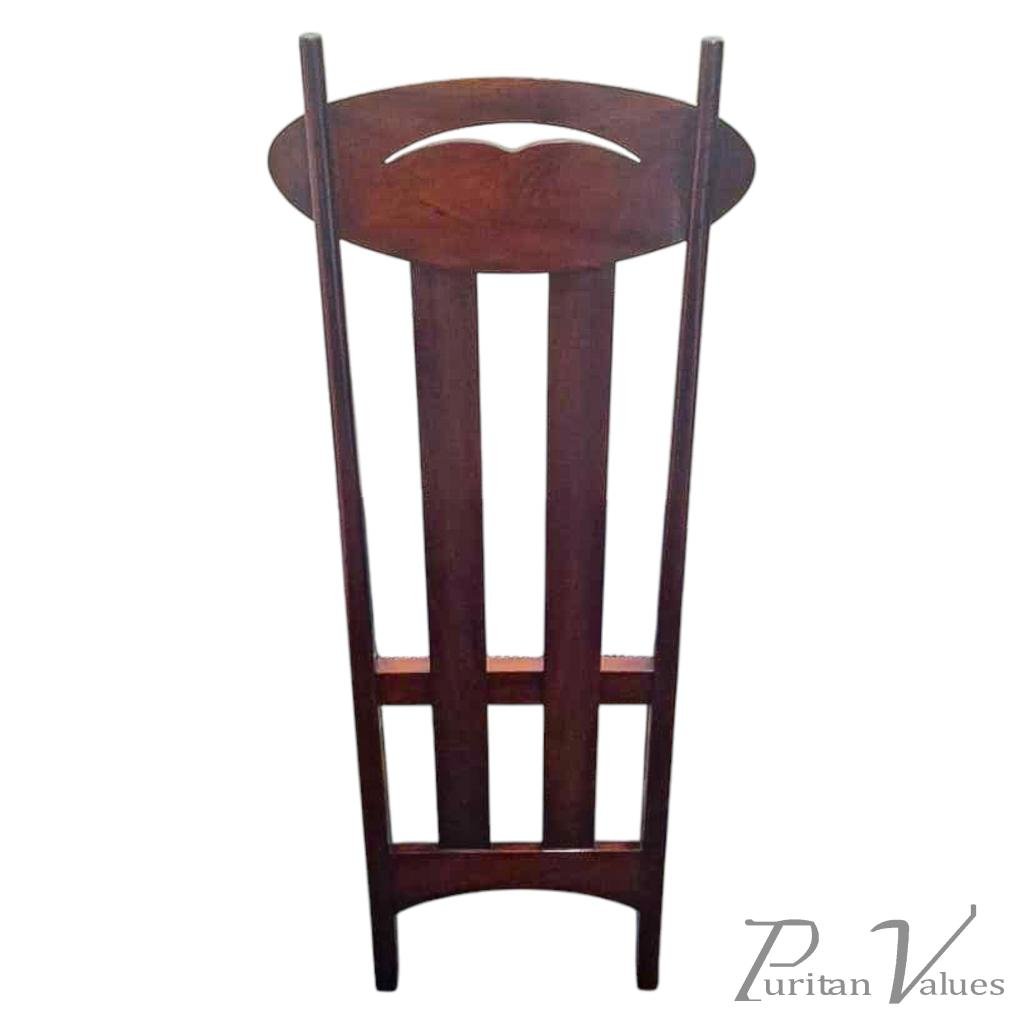
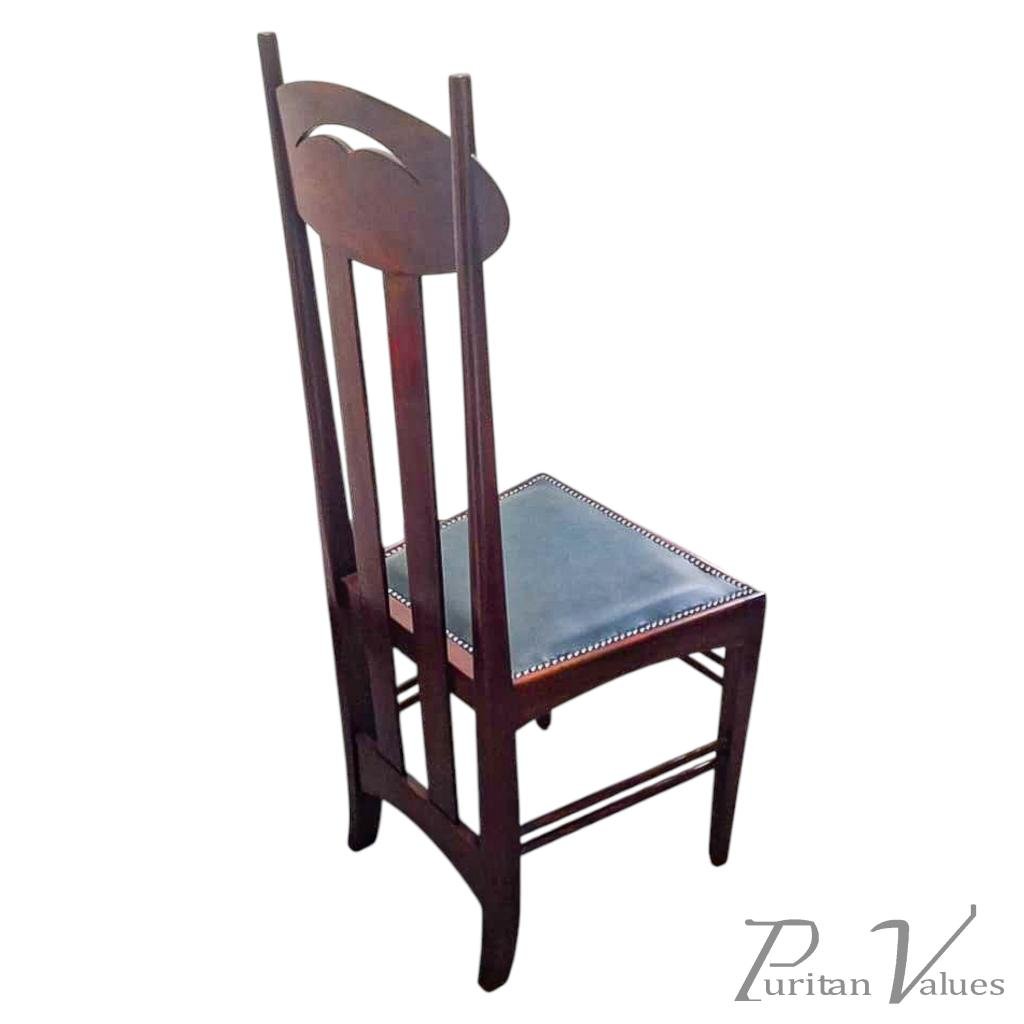
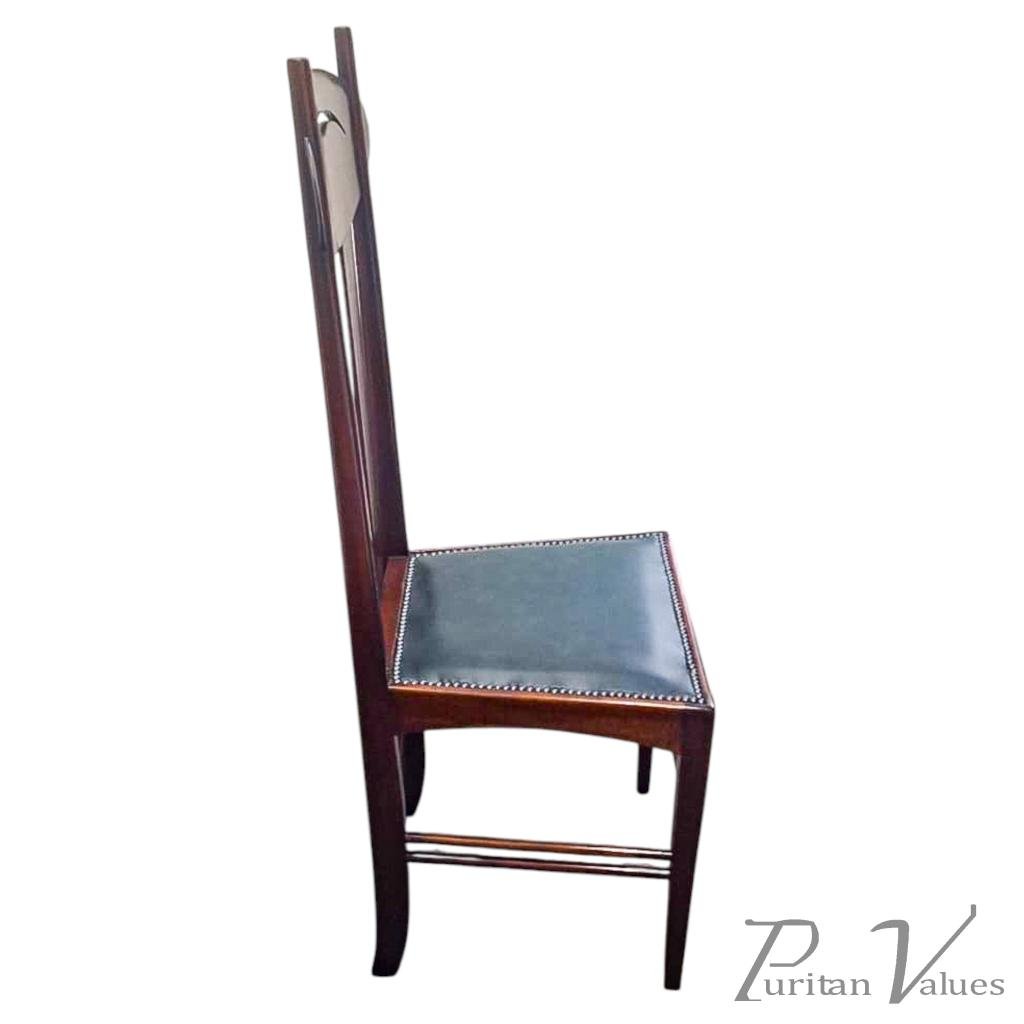
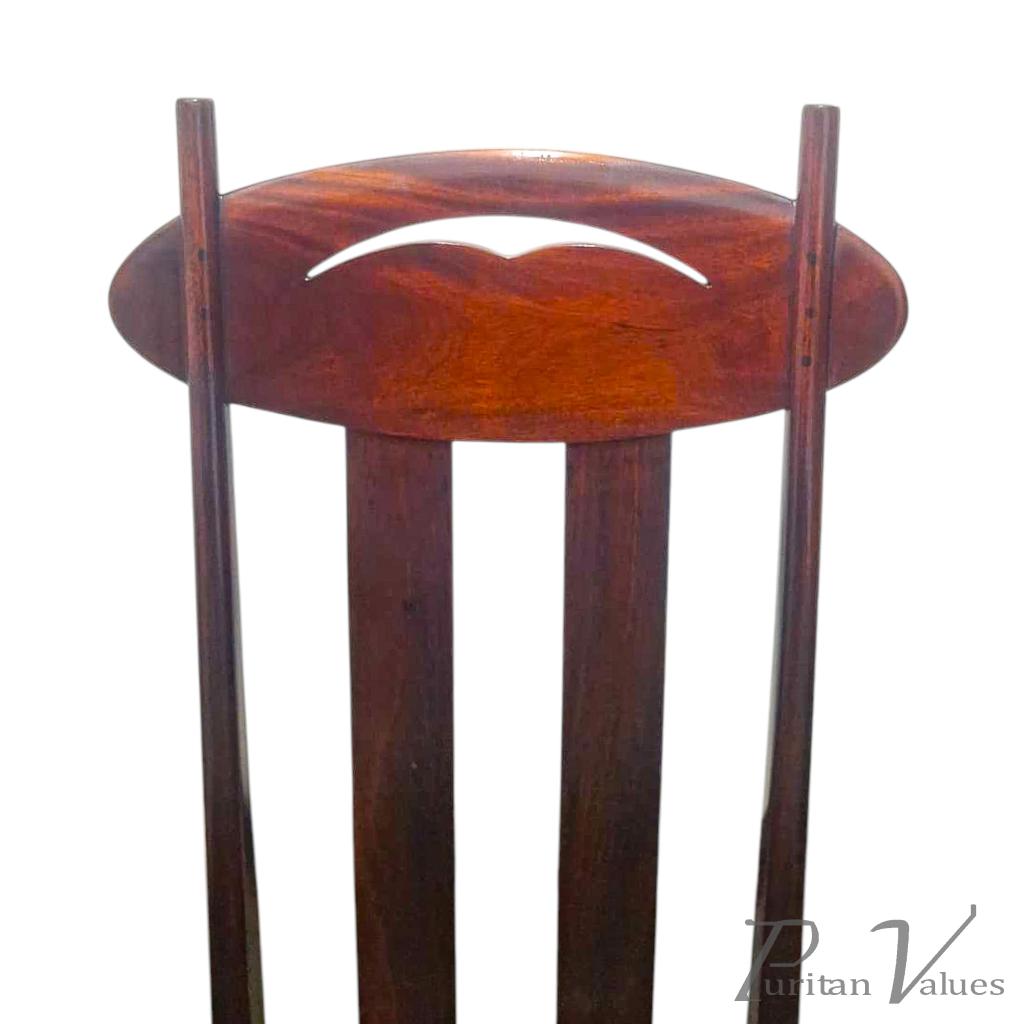
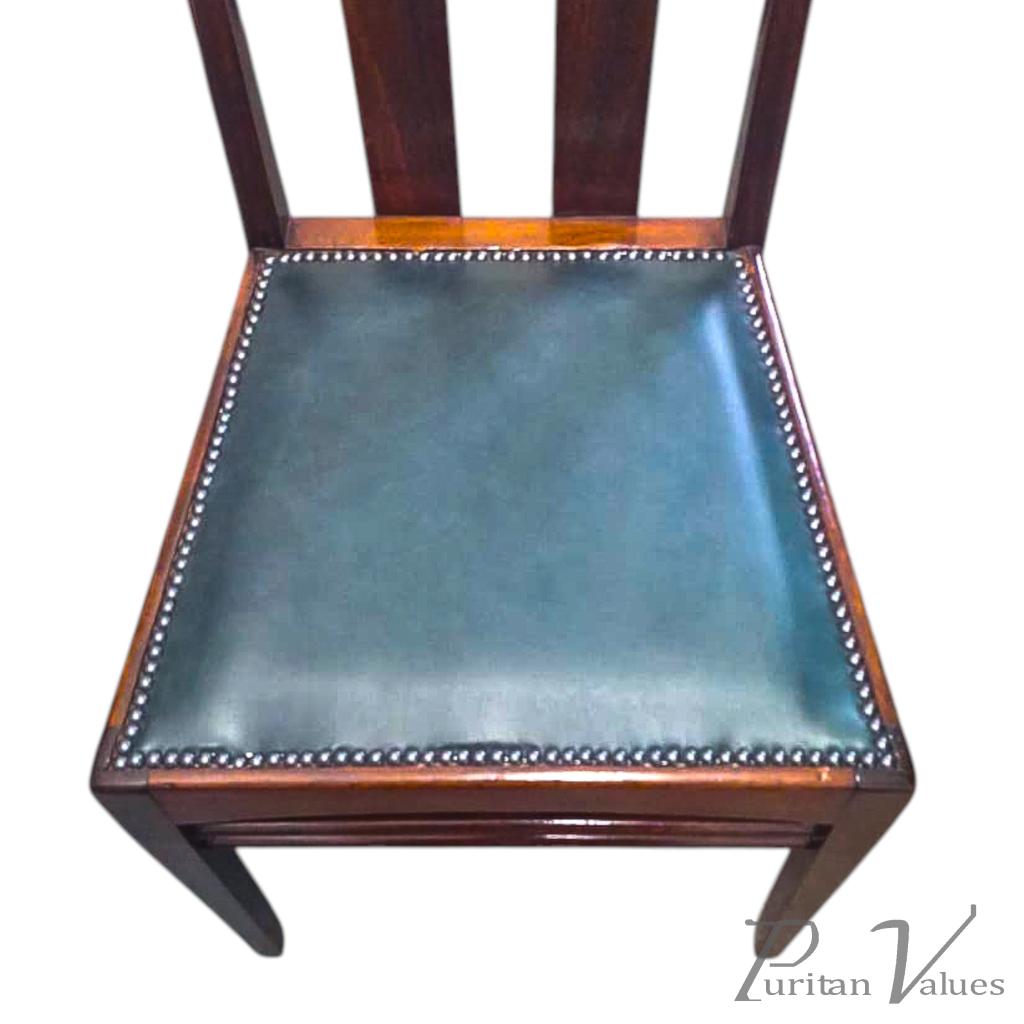
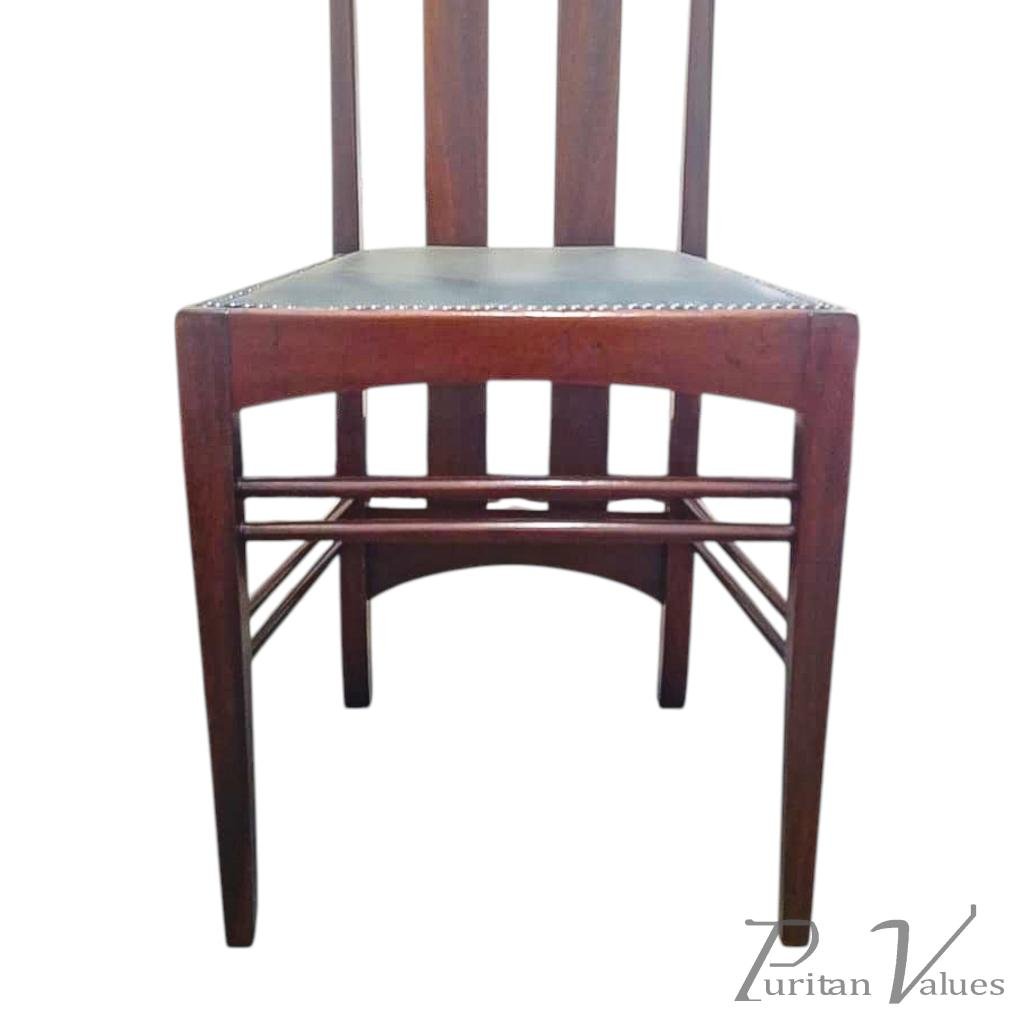
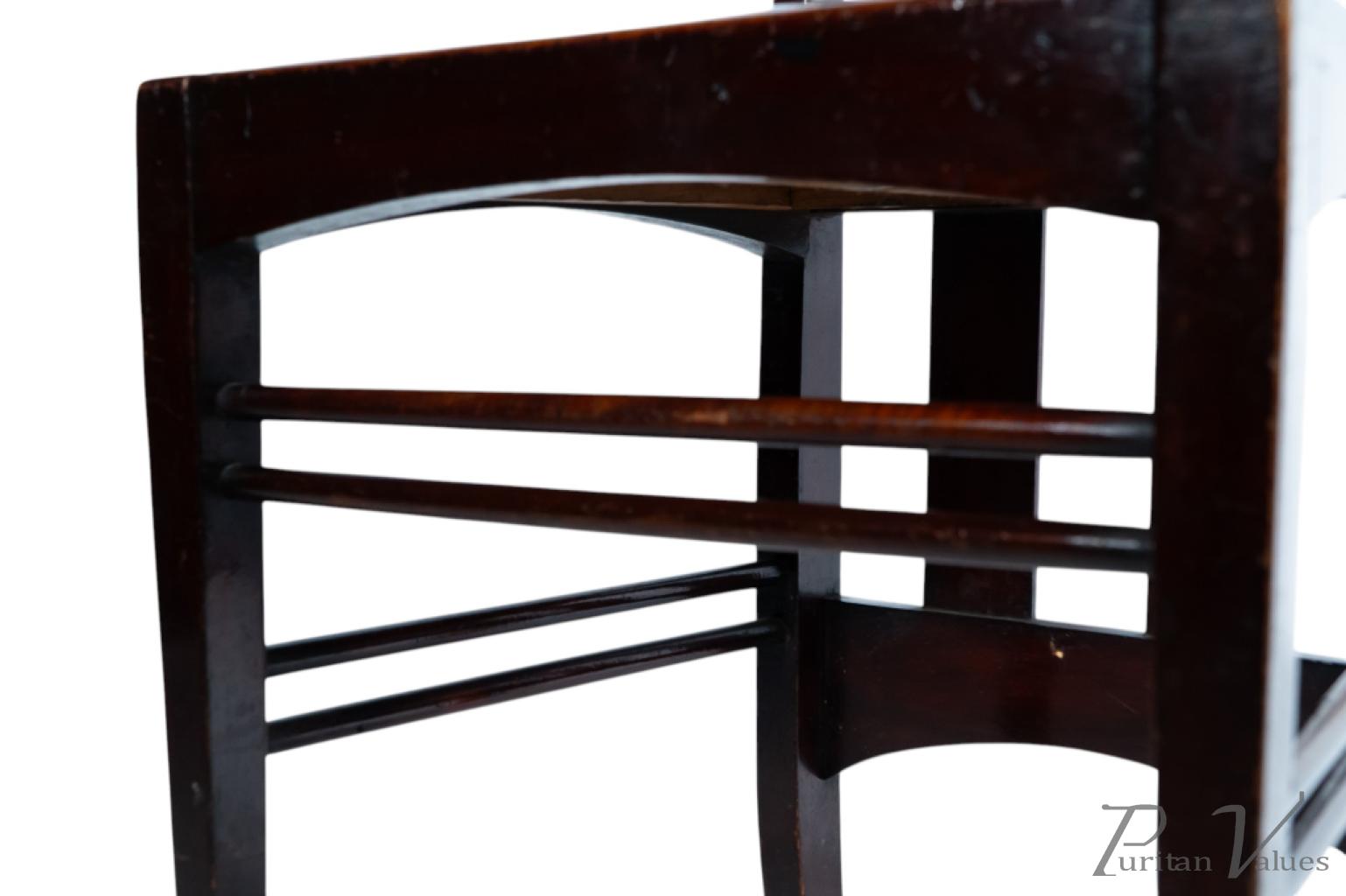
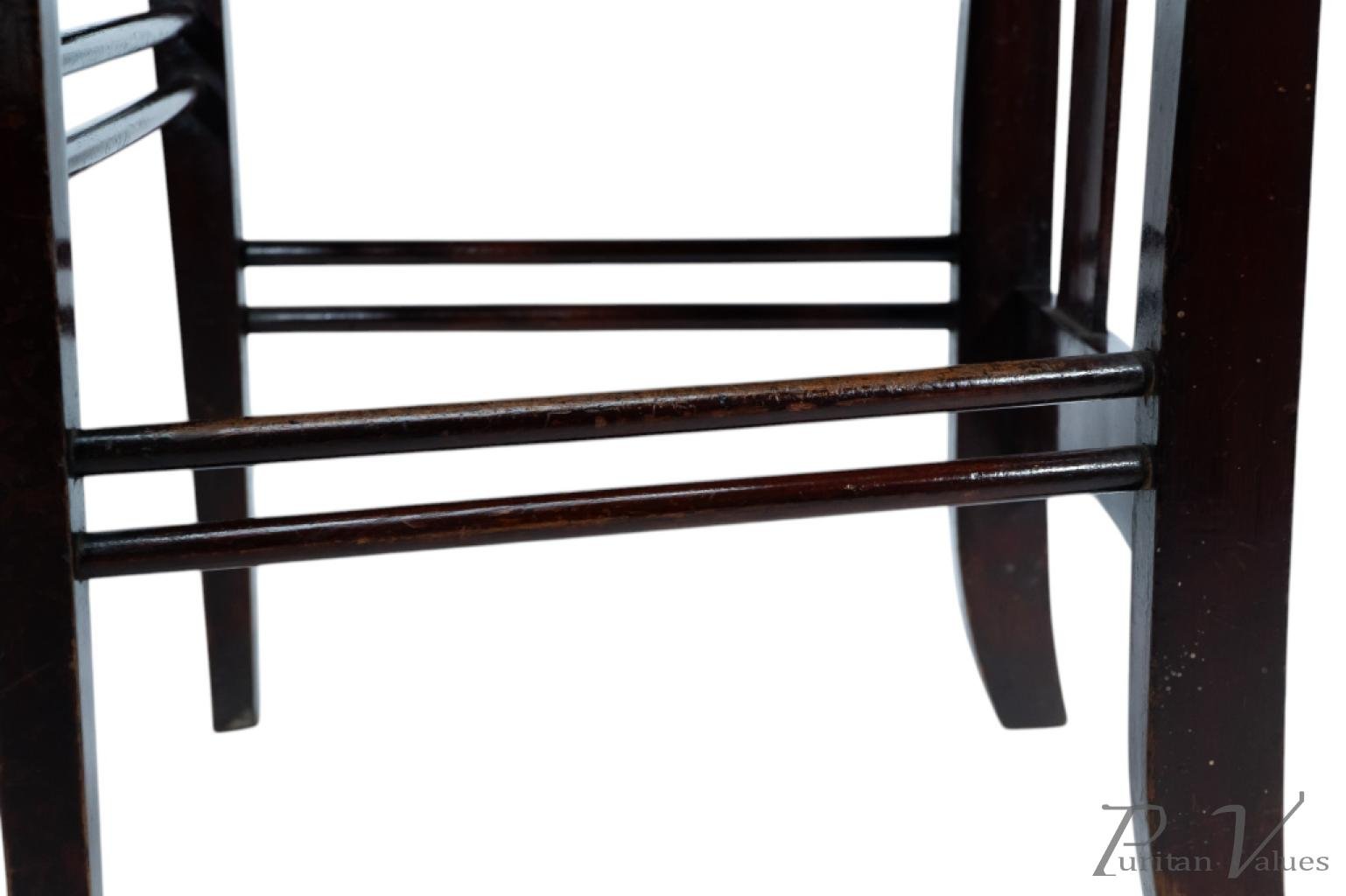
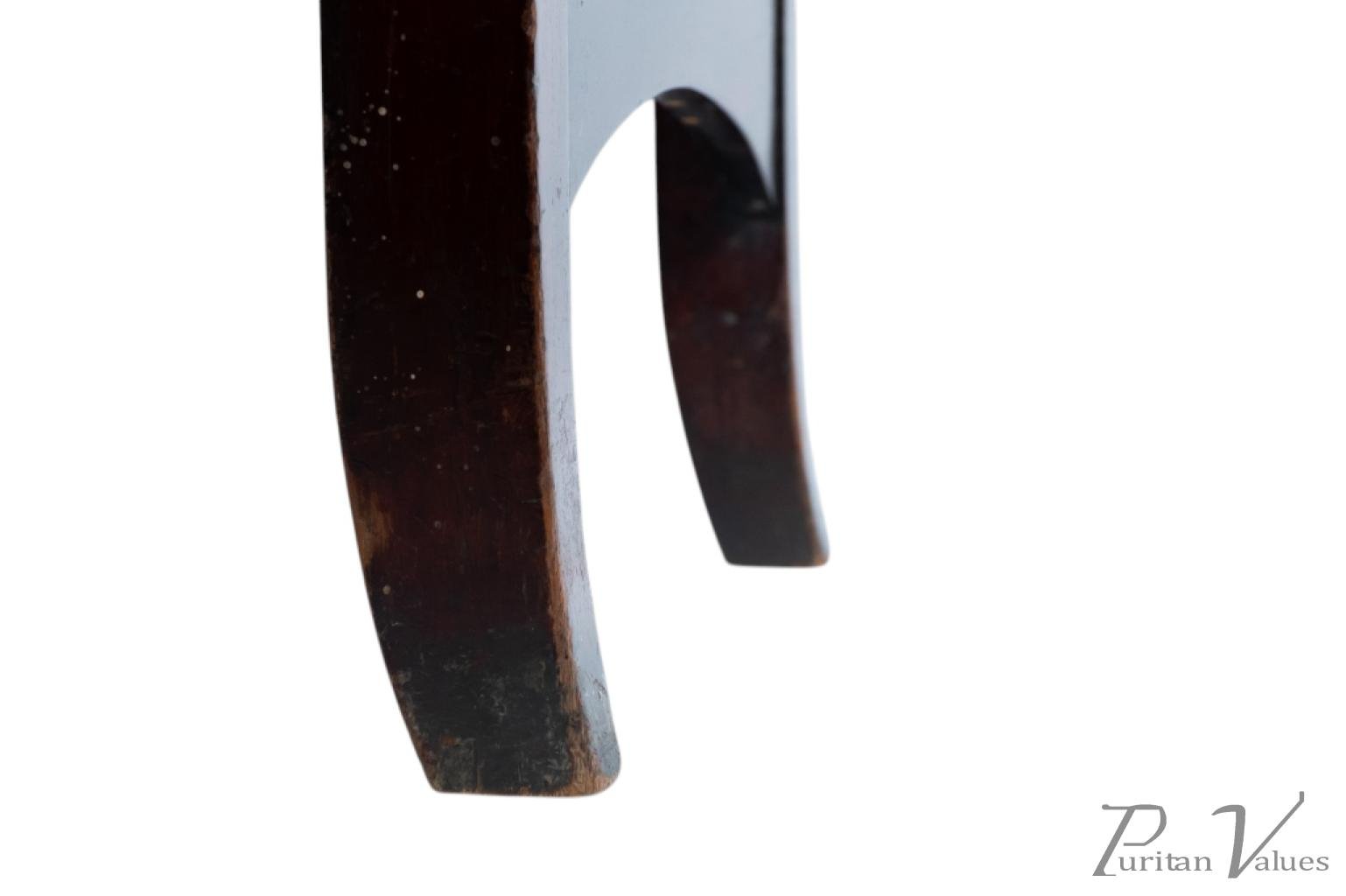
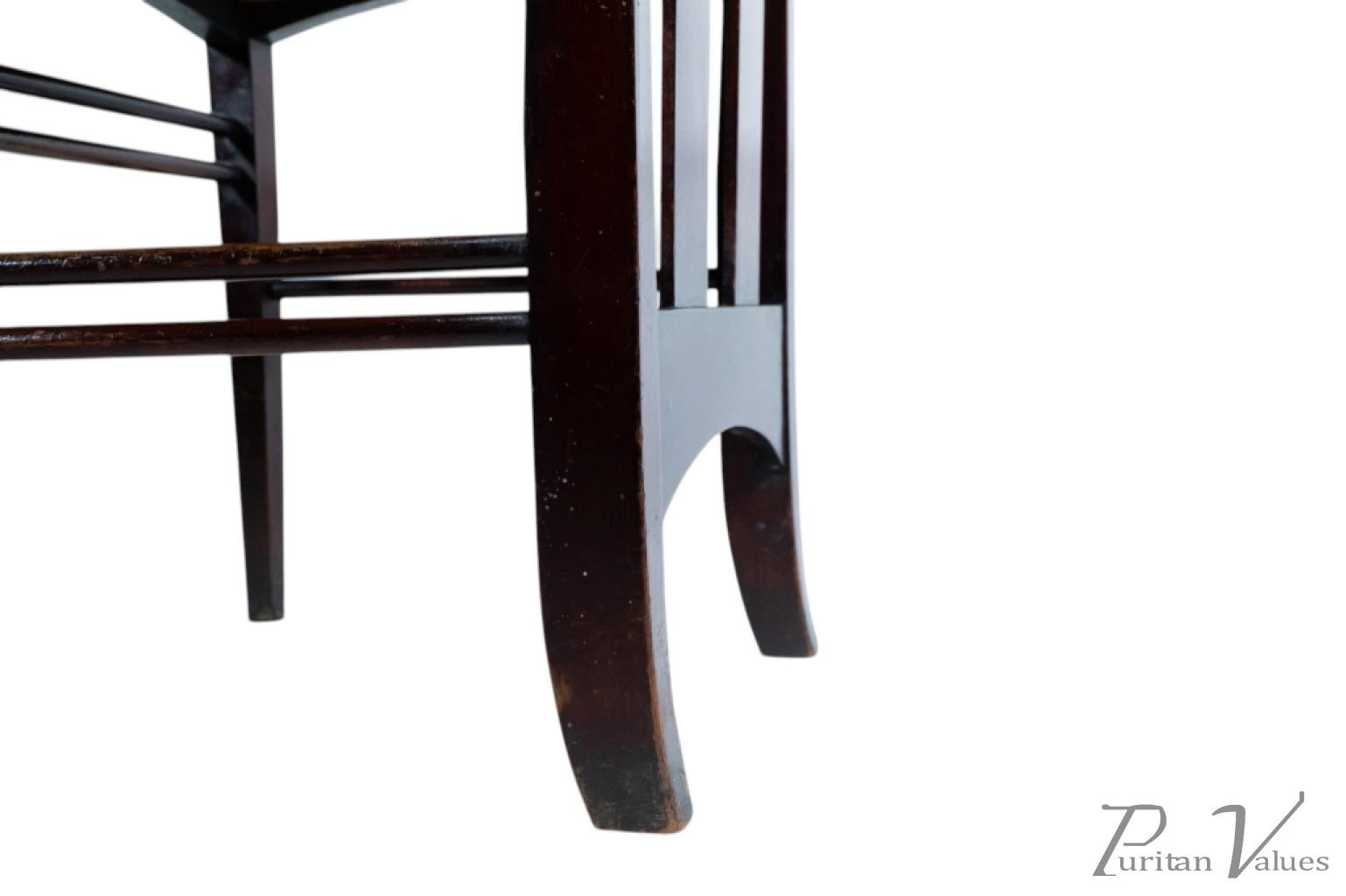
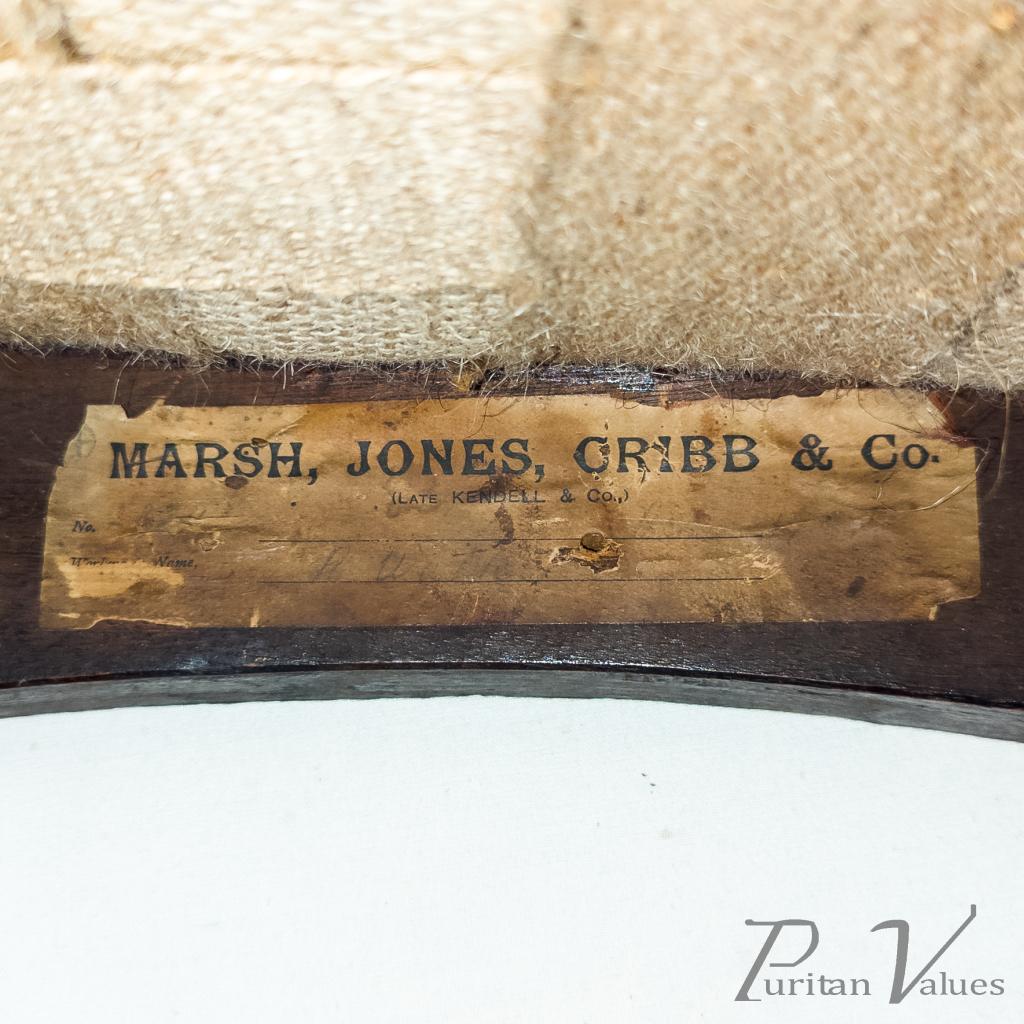
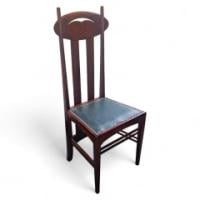
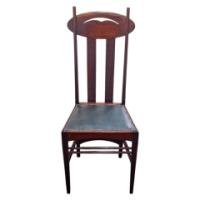
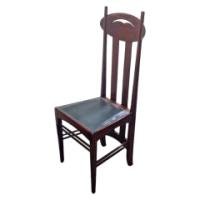
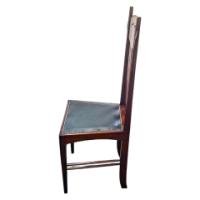
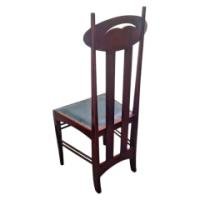
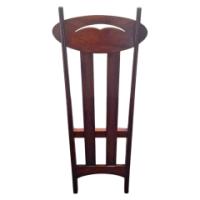
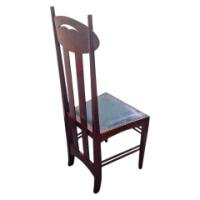
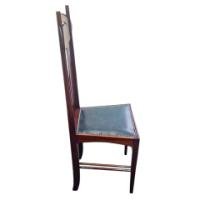
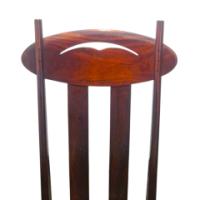
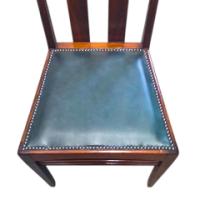
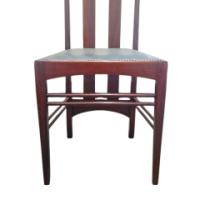
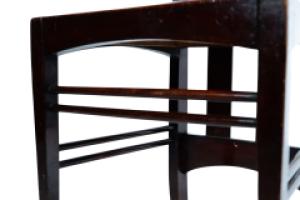
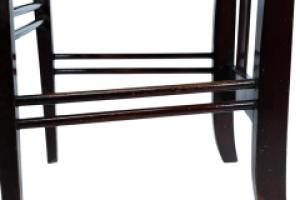
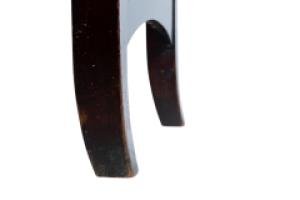
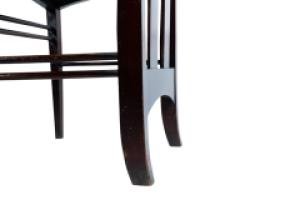
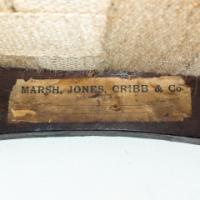




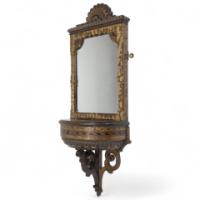
-thumb.jpg)
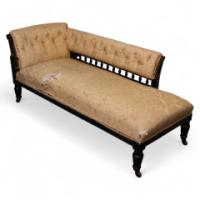
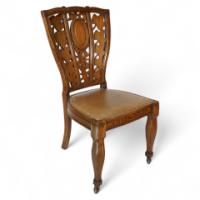

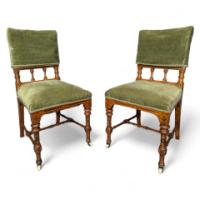
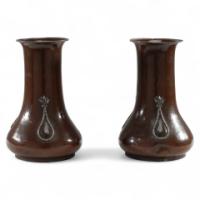

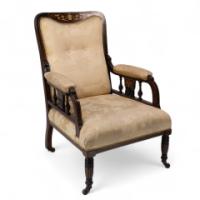
-thumb.jpg)
